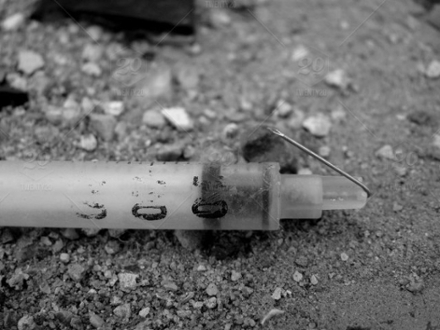My roommate and I like to talk about the current events brought up in our public health class. Our professor always relates what we’re studying to some major news story or two. Some of the examples are pretty obvious but others are shocking. Before this semester, I hadn’t realized how far the medical profession had grown, especially outside the US. This week we’re starting to learn about substance abuse and how it can translate to increased risk of disease. The first example was heroin because of the use of contaminated hypodermic needles. We were shown images of patients who had contracted gangrene. Sometimes it even led to amputations. Now we’re wondering how widespread heroin use is. Are some states worse than others? Have some seen more success than others in treating heroin abuse?
Make no mistake: the opioid epidemic is a problem of national proportions. Few states have been spared by the drug abuse sweeping the country. However, it’s certainly true that some states are faring better than others. West Virginia has essentially become ground zero for the proliferating opioid crisis. Experts estimated that 33,091 Americans died there alone in 2015, which is a staggering number.
Things aren’t too promising now, either. The most recent reports find that the District of Columbia and nine other states also have deteriorating circumstances fueled by rampant drug abuse and dependency. According to the US Department of Health and Human Services (HHS), nearly 116 people die every day due to an opioid-related overdose. Those figures are up since the last time researchers conducted the national survey. The medical establishment is grasping at straws and legislators are desperately searching for viable solutions.
Unfortunately, the nature of opioids makes them extraordinarily addictive. While proven rehabilitation treatments exist, recovery varies as widely as the people who end up addicted to the drugs in the first place. You should also know that these statistics aren’t exclusive to heroin but rather any drug synthesized using opioids. That includes a wide variety of prescription painkillers (e.g., OxyContin, Methadone, Percocet, Vicodin, Codeine, etc.). Many of those medications produce chemically identical effects to heroin.
Fortunately, there is further hope in both community and medical-assisted approaches. Editors at Vox claim that Vermont is spearheading the recovery movement with its valuable “hub-and-spoke” model. Unlike anything before it, health practitioners have taken a more holistic approach to rehabilitation akin to something you might experience with specialized cancer care. Patients can rely on and tap into more readily available resources instead of depending exclusively on a single point-of-contact.
Another advancement likely to help reverse the opioid crisis is emerging from leading scientists. Contributor Adam Piore at MIT Technology Review claims that young pioneering chemists are engineering new prescription painkillers completely devoid of the negative (i.e., addictive) properties. The combination of more appropriately synthesized prescription medications with better rehabilitation practices is likely to have the greatest impact on the national dilemma. It’s also encouraging to know that people are increasingly considering careers in public health. Never underestimate the value of compassionate help.
“Don’t wait for good things to happen to you. If you go out and make some good things happen, you will fill the world with hope; you will fill yourself with hope.” — Barack Obama


